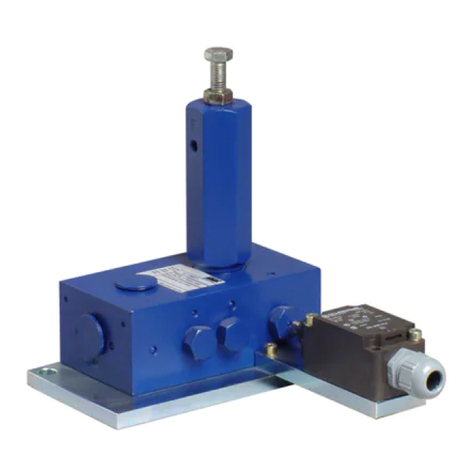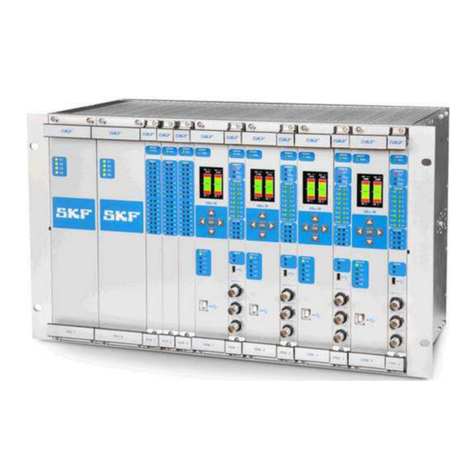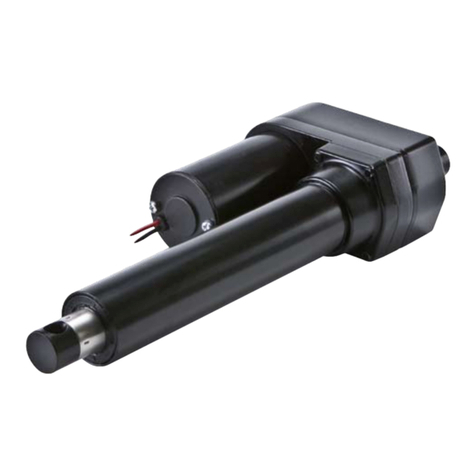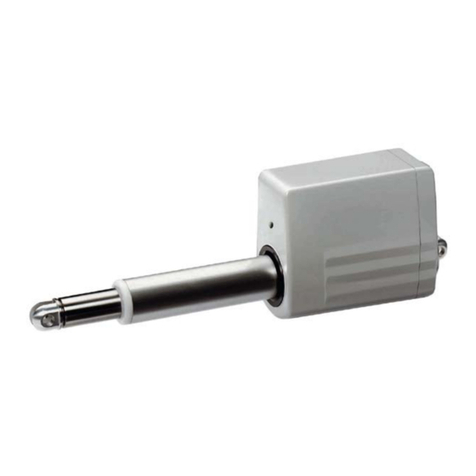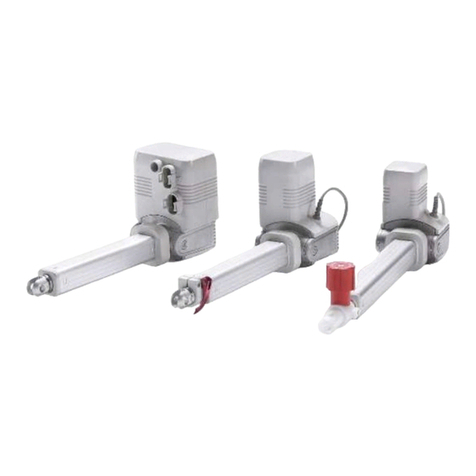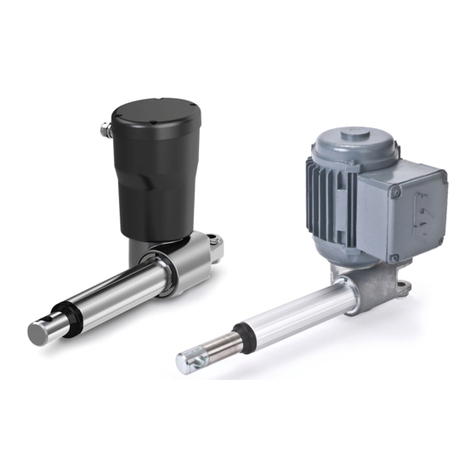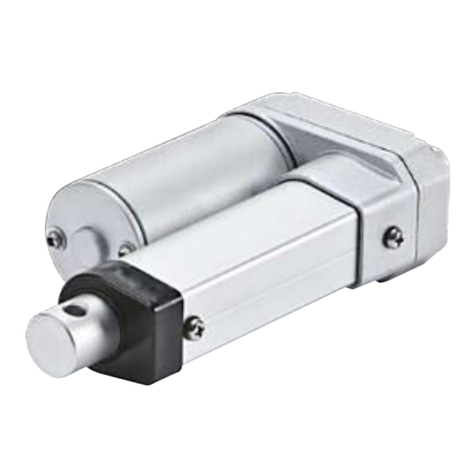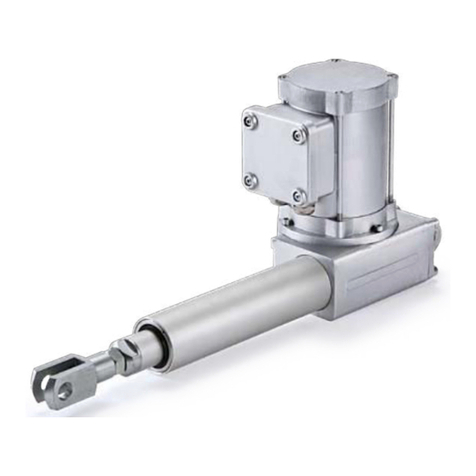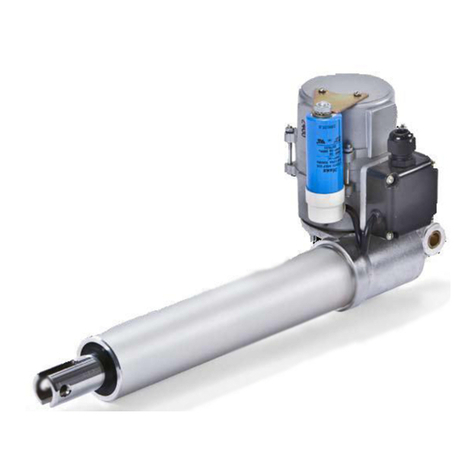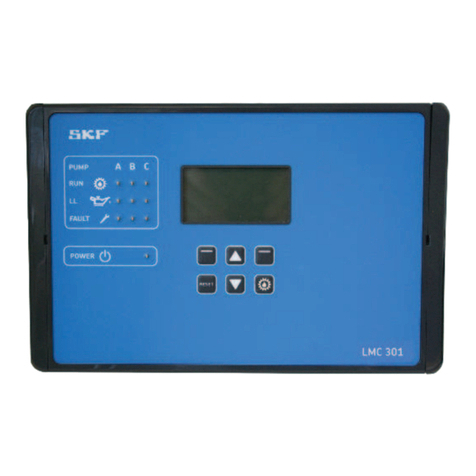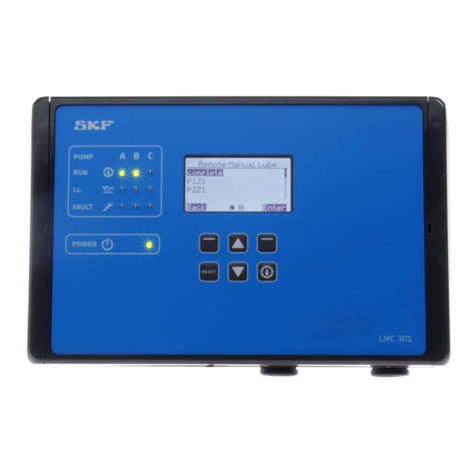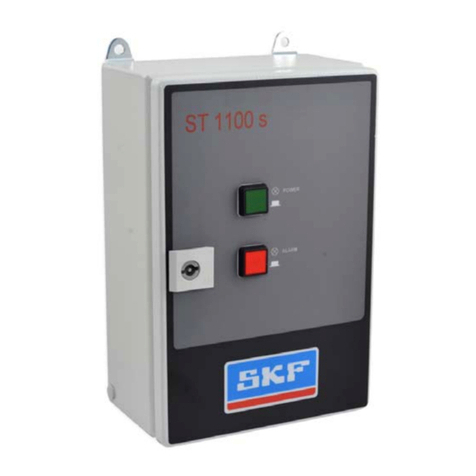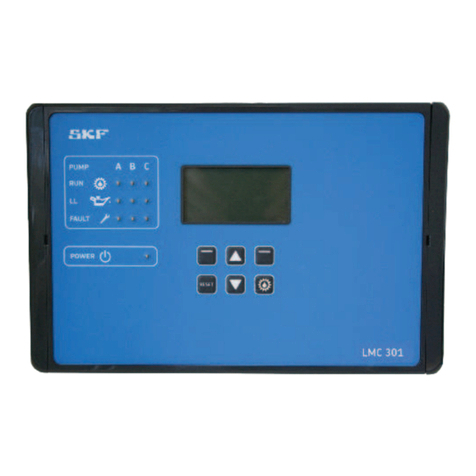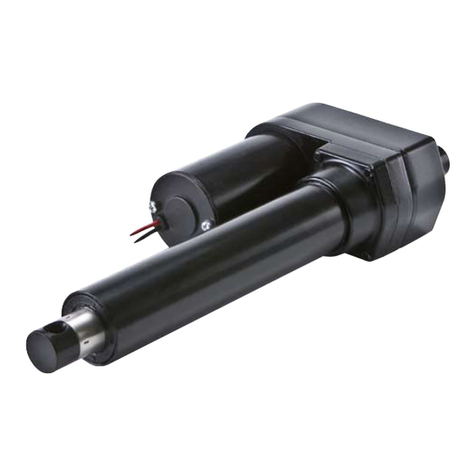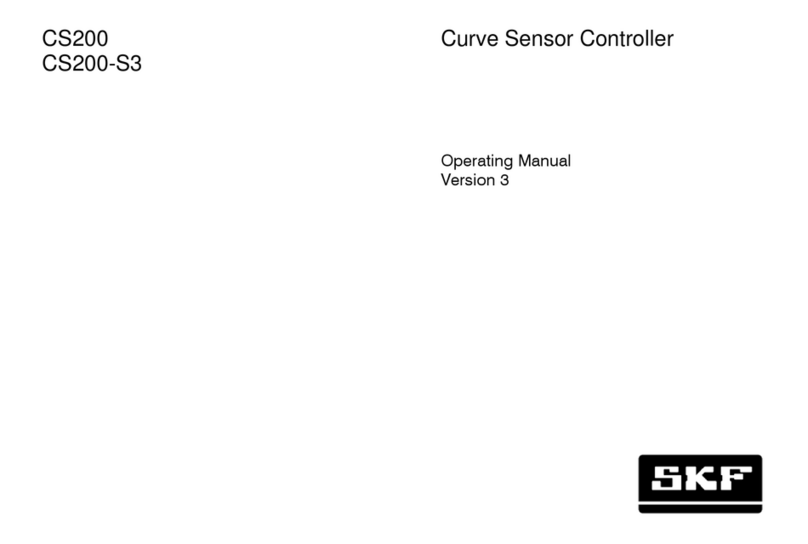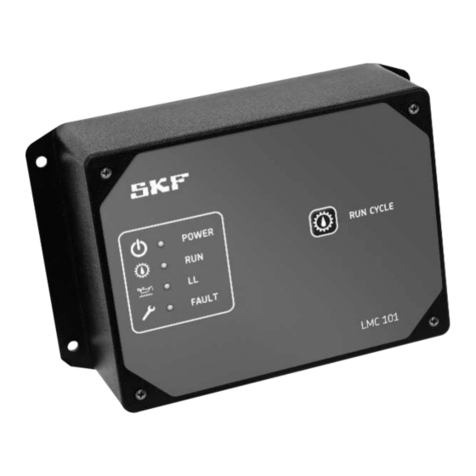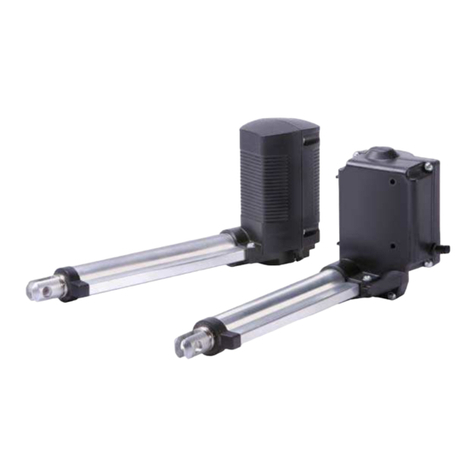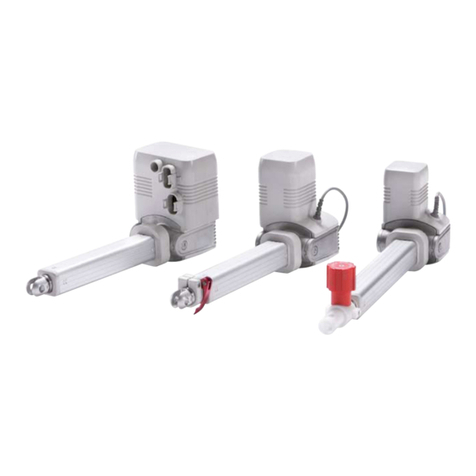Contents
General information . . . . . . . . . . . . . . . . . . . . . . . . . . . . . . . .
1.1 Information on this manual . . . . . . . . . . . . . . . . . . . . . . . . . . 5
1.2 Explanation of symbols and signal words . . . . . . . . . . . . . . . 5
1.3 Limitation of liability . . . . . . . . . . . . . . . . . . . . . . . . . . . . . . . . 6
1.4 Warranty terms. . . . . . . . . . . . . . . . . . . . . . . . . . . . . . . . . . . . 7
1.5 Customer service . . . . . . . . . . . . . . . . . . . . . . . . . . . . . . . . . . 7
Safety . . . . . . . . . . . . . . . . . . . . . . . . . . . . . . . . . . . . . .
2.1 Limitation of liability . . . . . . . . . . . . . . . . . . . . . . . . . . . . . . . . 8
2.1.1 Intended use . . . . . . . . . . . . . . . . . . . . . . . . . . . . . . . . . . . . 8
2.2 Responsibility of the owner and processor . . . . . . . . . . . . . . 8
2.2.1 Qualifications . . . . . . . . . . . . . . . . . . . . . . . . . . . . . . . . . . . . 9
2.2.2 Specific dangers. . . . . . . . . . . . . . . . . . . . . . . . . . . . . . . . . . 10
2.3 Safety equipment . . . . . . . . . . . . . . . . . . . . . . . . . . . . . . . . . . 11
2.4 Changes and modifications on the actuator. . . . . . . . . . . . . . 12
Technical data . . . . . . . . . . . . . . . . . . . . . . . . . . . . . . . .
3.1 Operating conditions. . . . . . . . . . . . . . . . . . . . . . . . . . . . . . . . 14
3.2 Operating voltages and limits. . . . . . . . . . . . . . . . . . . . . . . . . 15
3.3 Product label. . . . . . . . . . . . . . . . . . . . . . . . . . . . . . . . . . . . . . 15
Structure and function . . . . . . . . . . . . . . . . . . . . . . . . . .
4.1 Overview . . . . . . . . . . . . . . . . . . . . . . . . . . . . . . . . . . . . . . . . . 16
4.2 Brief description . . . . . . . . . . . . . . . . . . . . . . . . . . . . . . . . . . . 18
4.3 Special features . . . . . . . . . . . . . . . . . . . . . . . . . . . . . . . . . . . 19
4.5 Connection . . . . . . . . . . . . . . . . . . . . . . . . . . . . . . . . . . . . . . . 20
4.6 Options . . . . . . . . . . . . . . . . . . . . . . . . . . . . . . . . . . . . . . . . . . 20
4.6.1 Limit switch . . . . . . . . . . . . . . . . . . . . . . . . . . . . . . . . . . . . . 20
4.6.2 Potentiometer . . . . . . . . . . . . . . . . . . . . . . . . . . . . . . . . . . . 21
4.6.3 Encoder . . . . . . . . . . . . . . . . . . . . . . . . . . . . . . . . . . . . . . . . 21
4.6.4 Manual Override . . . . . . . . . . . . . . . . . . . . . . . . . . . . . . . . . 22
Transport, packaging and storage. . . . . . . . . . . . . . . . . .
5.1 Safety information for the transport . . . . . . . . . . . . . . . . . . . 23
5.1.1 Transport inspection . . . . . . . . . . . . . . . . . . . . . . . . . . . . . . 23
5.1.2 Return to the manufacturer . . . . . . . . . . . . . . . . . . . . . . . . 24
5.1.3 Packaging. . . . . . . . . . . . . . . . . . . . . . . . . . . . . . . . . . . . . . . 24
5.2 Storage . . . . . . . . . . . . . . . . . . . . . . . . . . . . . . . . . . . . . . . . . . 25
Installation and first operation . . . . . . . . . . . . . . . . . . . .
6.1 Installation location. . . . . . . . . . . . . . . . . . . . . . . . . . . . . . . . . 27
6.2 Installation . . . . . . . . . . . . . . . . . . . . . . . . . . . . . . . . . . . . . . . 27
6.3 Inspections prior to first operation . . . . . . . . . . . . . . . . . . . . . 29
6.4 Connect to power supply . . . . . . . . . . . . . . . . . . . . . . . . . . . . 29
6.4.1 Wiring scheme for no Limit Switch option: . . . . . . . . . . . . . 30
Operation . . . . . . . . . . . . . . . . . . . . . . . . . . . . . . . . . . .
7.1 Safety . . . . . . . . . . . . . . . . . . . . . . . . . . . . . . . . . . . . . . . . . . . 31
7.2 Action before operation . . . . . . . . . . . . . . . . . . . . . . . . . . . . . 32
7.3 Action during operation . . . . . . . . . . . . . . . . . . . . . . . . . . . . . 32
7.3.1 Normal operation. . . . . . . . . . . . . . . . . . . . . . . . . . . . . . . . . 33
7.4 Disengagement in case of emergency . . . . . . . . . . . . . . . . . . 35
7.5 Action after use . . . . . . . . . . . . . . . . . . . . . . . . . . . . . . . . . . . . 35
Maintenance . . . . . . . . . . . . . . . . . . . . . . . . . . . . . . . . .
8.1 Spare parts . . . . . . . . . . . . . . . . . . . . . . . . . . . . . . . . . . . . . . . 36
8.2 Maintenance plan . . . . . . . . . . . . . . . . . . . . . . . . . . . . . . . . . . 37
8.3 Maintenance work . . . . . . . . . . . . . . . . . . . . . . . . . . . . . . . . . 38
8.3.1 Cleaning . . . . . . . . . . . . . . . . . . . . . . . . . . . . . . . . . . . . . . . . 38
8.3.2 Inspections and readings . . . . . . . . . . . . . . . . . . . . . . . . . . 38
8.3.3 Check of visual condition . . . . . . . . . . . . . . . . . . . . . . . . . . . 39
8.4 Measures after completed maintenance . . . . . . . . . . . . . . . . 39
Malfunctions . . . . . . . . . . . . . . . . . . . . . . . . . . . . . . . . .
9.1 Malfunction table . . . . . . . . . . . . . . . . . . . . . . . . . . . . . . . . . . 42
9.2 Start of operation after fixing malfunction. . . . . . . . . . . . . . . 43
Dismantling . . . . . . . . . . . . . . . . . . . . . . . . . . . . . . . .
10.1 Dismantling. . . . . . . . . . . . . . . . . . . . . . . . . . . . . . . . . . . . . . 44
10.1.1 Dismantling of CAHB-20A. . . . . . . . . . . . . . . . . . . . . . . . . 45
10.2 Disposal . . . . . . . . . . . . . . . . . . . . . . . . . . . . . . . . . . . . . . . . 45
Appendix . . . . . . . . . . . . . . . . . . . . . . . . . . . . . . . . . . .
3
